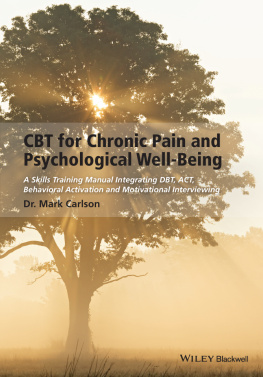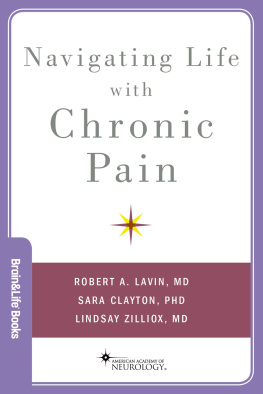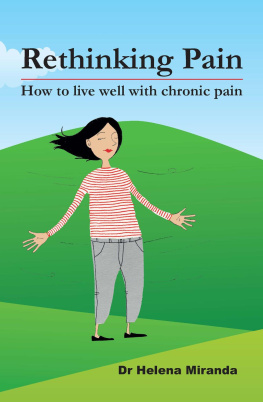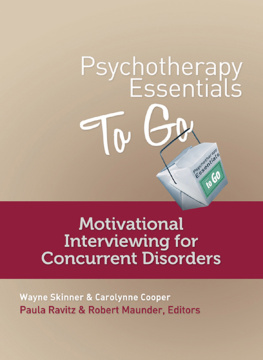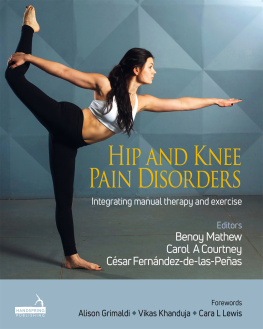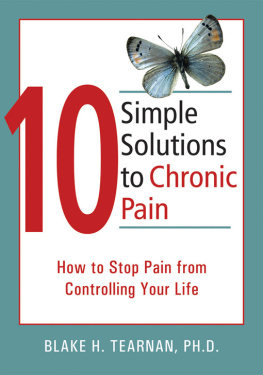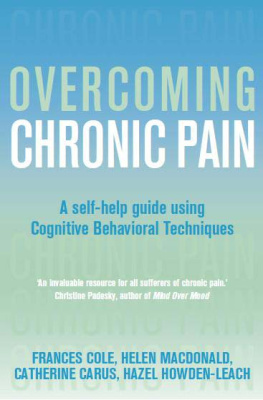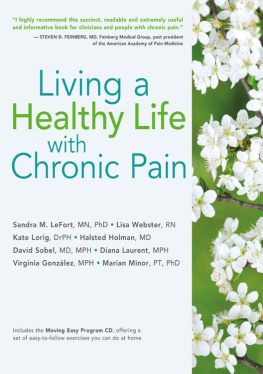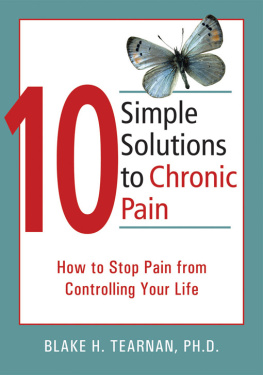
This edition first published 2014
2014 John Wiley & Sons, Ltd.
Registered Office
John Wiley & Sons Ltd, The Atrium, Southern Gate, Chichester, West Sussex, PO19 8SQ, UK
Editorial Offices
350 Main Street, Malden, MA 02148-5020, USA
9600 Garsington Road, Oxford, OX4 2DQ, UK
The Atrium, Southern Gate, Chichester, West Sussex, PO19 8SQ, UK
For details of our global editorial offices, for customer services, and for information about how to apply for permission to reuse the copyright material in this book please see our website at www.wiley.com/wiley-blackwell.
The right of Mark Carlson to be identified as the author of this work has been asserted in accordance with the UK Copyright, Designs and Patents Act 1988.
All rights reserved. No part of this publication may be reproduced, stored in a retrieval system, or transmitted, in any form or by any means, electronic, mechanical, photocopying, recording or otherwise, except as permitted by the UK Copyright, Designs and Patents Act 1988, without the prior permission of the publisher.
Wiley also publishes its books in a variety of electronic formats. Some content that appears in print may not be available in electronic books.
Designations used by companies to distinguish their products are often claimed as trademarks. All brand names and product names used in this book are trade names, service marks, trademarks or registered trademarks of their respective owners. The publisher is not associated with any product or vendor mentioned in this book.
Limit of Liability/Disclaimer of Warranty: While the publisher and author have used their best efforts in preparing this book, they make no representations or warranties with respect to the accuracy or completeness of the contents of this book and specifically disclaim any implied warranties of merchantability or fitness for a particular purpose. It is sold on the understanding that the publisher is not engaged in rendering professional services and neither the publisher nor the author shall be liable for damages arising herefrom. If professional advice or other expert assistance is required, the services of a competent professional should be sought.
Library of Congress Cataloging-in-Publication Data
Carlson, Mark (Mark Stanley), 1952 author.
CBT for chronic pain and psychological well-being: a skills training manual integrating DBT, ACT, behavioral activation and motivational interviewing / Mark Carlson.
pages cm
Includes bibliographical references and index.
ISBN 978-1-118-78881-3 (paperback)
1. Chronic painTreatment. 2. Cognitive therapy. 3. Evidence-based psychotherapy. I. Title.
RB127.C377 2014
616.89'0472dc23
2013050479
A catalogue record for this book is available from the British Library.
Cover image: Cosmo Condina/Getty Images
To:
Jules and Spencer I love you both with all of my heart
Mom and Dad your love and support means the world to me
Grandma and Grandpa I wish you would have been able to stay with us longer
Acknowledgments
I would like to thank all of the people at Wiley Blackwell who made this project complete. Fiona, Allison, Karen, Darren and Andrew you have all been great to work with!
Special acknowledgment goes to the pain team at Mental Health Systems (MHS):
Brittany Holtberg great work and thanks for all that you have done.
Morgan Cusack, Meagan Karsten, and Amy Gimbel I could not have asked for better clinicians to work with.
Dr. Chris Malone you were a great help throughout the process.
Dave Karan and Krista Peterson thanks for your contributions to the process.
Lane, Steve, Shelley, and Michael I could not have done this without your support and friendship.
Chapter 1
Introduction to Comorbid Mental Health and Chronic Pain
The prevalence and cost of chronic pain is a growing concern in the United States. During the past decade, increasing research focus on exploring treatment for chronic pain has led to important implications for current coordination of medical and psychological management to treat individuals suffering with chronic pain. There are relatively few research articles that are not diagnosis- or syndrome-specific, with even fewer random clinical trials (RCTs) or meta-analytic studies. In their research, Elliott and colleagues (1999) have indicated that at least 45 percent of Americans will seek treatment or care for chronic pain at some point in their lives, making a total of over 50 million people in the United States. The Centers for Disease Control and Prevention reported that in 2005, 133 million Americans were experiencing chronic illness, equivalent to almost 1 out of every 2 adults. Nearly a quarter of people with chronic conditions also reported experiencing limitations to daily activity due to their illness, and also experienced clinical mental health concerns. Currently, children suffering from chronic illnesses that were considered fatal in the past now live well into adulthood, thanks to advances in medical care. While these advances are promising, they can result in prolonged lifespans and chronic pain (Martinez, 2009). In response to such findings, in 2010 the Joint Commission on Accreditation of Healthcare Organizations established a requirement for physicians to consider pain as a fifth vital sign, in addition to pulse, blood pressure, core temperature, and respiration (Gatchel, Peng, Peters, Fuchs, & Turk, 2007). Survival from chronic health conditions brings new challenges for individuals throughout their lifespan, including physical, psychological and social adjustment difficulties.
Health Care Costs
Chronic pain is associated with a wide range of illness, injury, disease, and mental health issues, and it is sometimes the primary concern in and of itself. With some conditions, pain and the associated symptoms arise from a discrete cause, such as postoperative pain or pain associated with a malignancy. In other situations pain constitutes the primary problem, such as neuropathic pains or headaches. Millions suffer from acute or chronic pain every year and the effects of pain take a tremendous toll on our country in terms of health care costs, rehabilitation, and lost worker productivity, as well as in terms of the emotional and financial burden placed on patients and their families. The costs of pain can result in longer hospital stays, higher rates of re-hospitalization, more emergency room visits, more unnecessary medical visits, and a reduced ability to function that leads to lost income and insurance coverage. As such, patients' unrelieved chronic pain often results in an inability to work and maintain health insurance.
According to a recent Institute of Medicine Report titled Relieving Pain in America: A Blueprint for Transforming Prevention, Care, Education, and Research, pain is a significant public health problem that costs society at least $560$635 billion annually, an amount equal to about $2,000 for every person living in the United States. This includes the total incremental cost of health care due to pain ranging from $261 to $300 billion, and losses of productivity and associated issues ranging from $297$336 billion.
Chronic Pain and Function
Pain is a complex sensational experience resulting from brain signals and damage or irritations to the nervous system, and is encompassed by cognitions, sensory-motor input, emotions, and hormone systems (Gatchel, 2004). Pain can be caused by chronic medical conditions, neuropathic trauma, injury, and accidents (American Society of Anesthesiologists, 2010). Acute pain is short term and temporary. Chronic pain is long term with symptoms exceeding three months (Lewandowski, 2006). The comorbidity of mental health and physical problems resulting from pain is well established in the research (Gatchel, 2004). Common comorbidity includes anxiety, depression, adjustment disorder, obsessive-compulsive disorder (OCD), histrionic personality disorder, and borderline personality disorder (BPD). The trigger is the pain and uncertain prognosis of the diagnosed condition, specifically around progression of the disease, recurrence, reduced lifespan, end-of-life issues, treatment and side-effects, cognitive, physical, and behavioral impairments, and functional limitations (Ownsworth, 2009). Pain often results from chronic illness, injury, degeneration, and many related triggers in a chronic population. People who experience chronic pain often experience a decrease in quality of life including: overall physical and emotional health; psychological and social well-being; fulfillment of personal expectations and goals; economic burden and financial stability; functional capacity to carry out daily routines; and activities of daily living. Additionally, destruction of family and social life, problems with treatment adherence and support systems, and decreased participation in sports or leisure activities have been found to increase the risk of clinical anxiety and depression, resulting in greater functional impairment and poor quality of life (Gatchel
Next page
